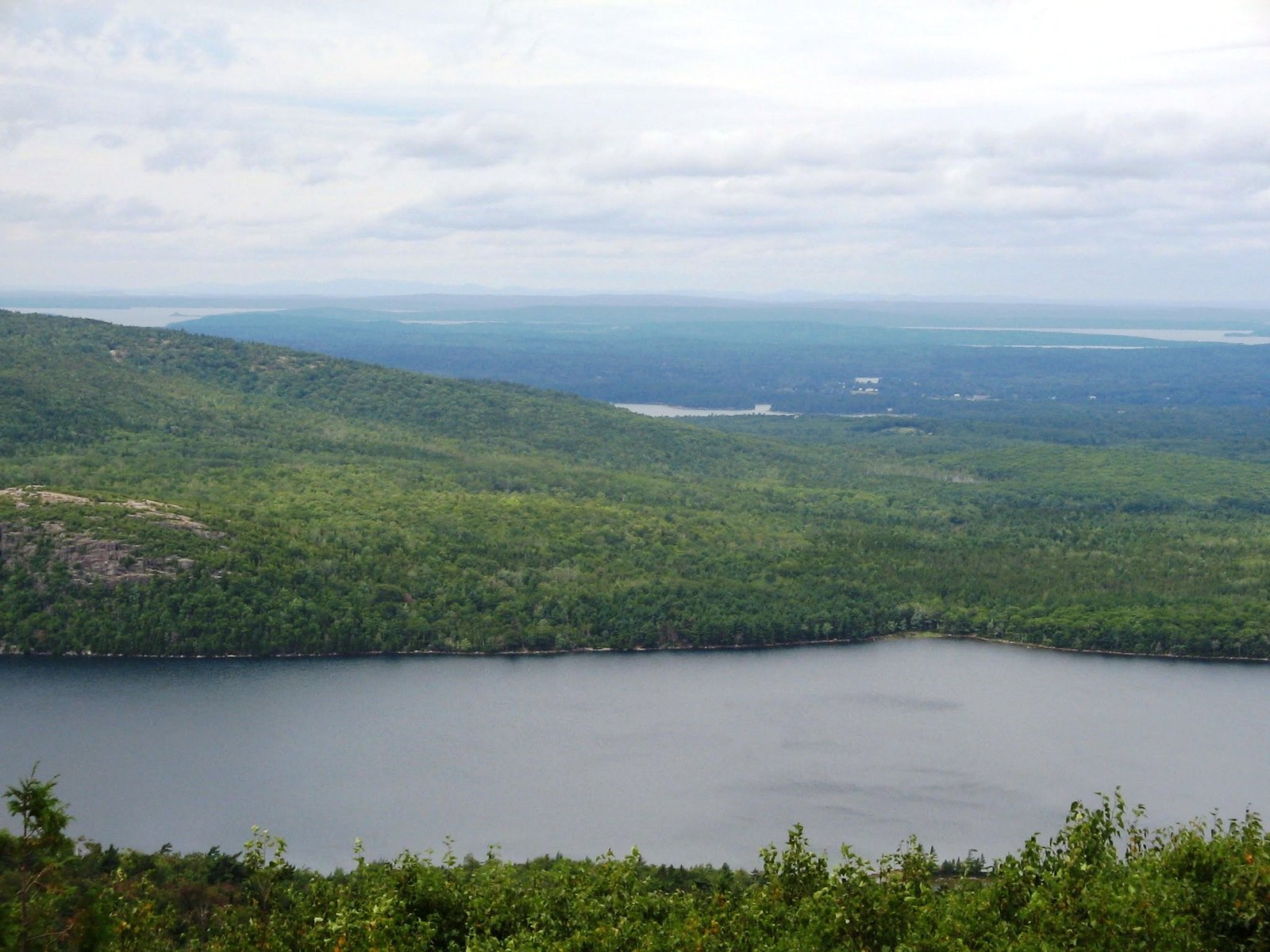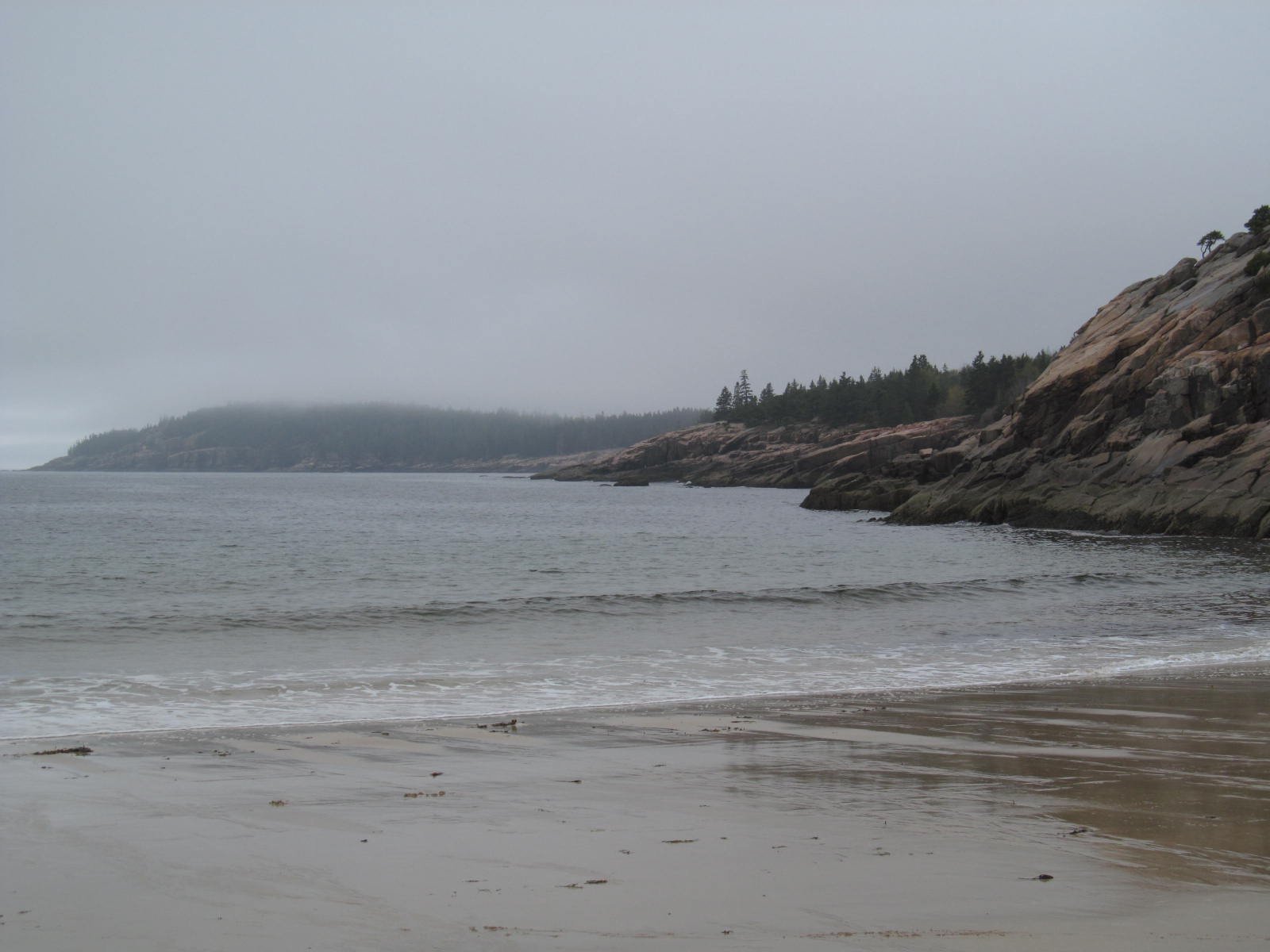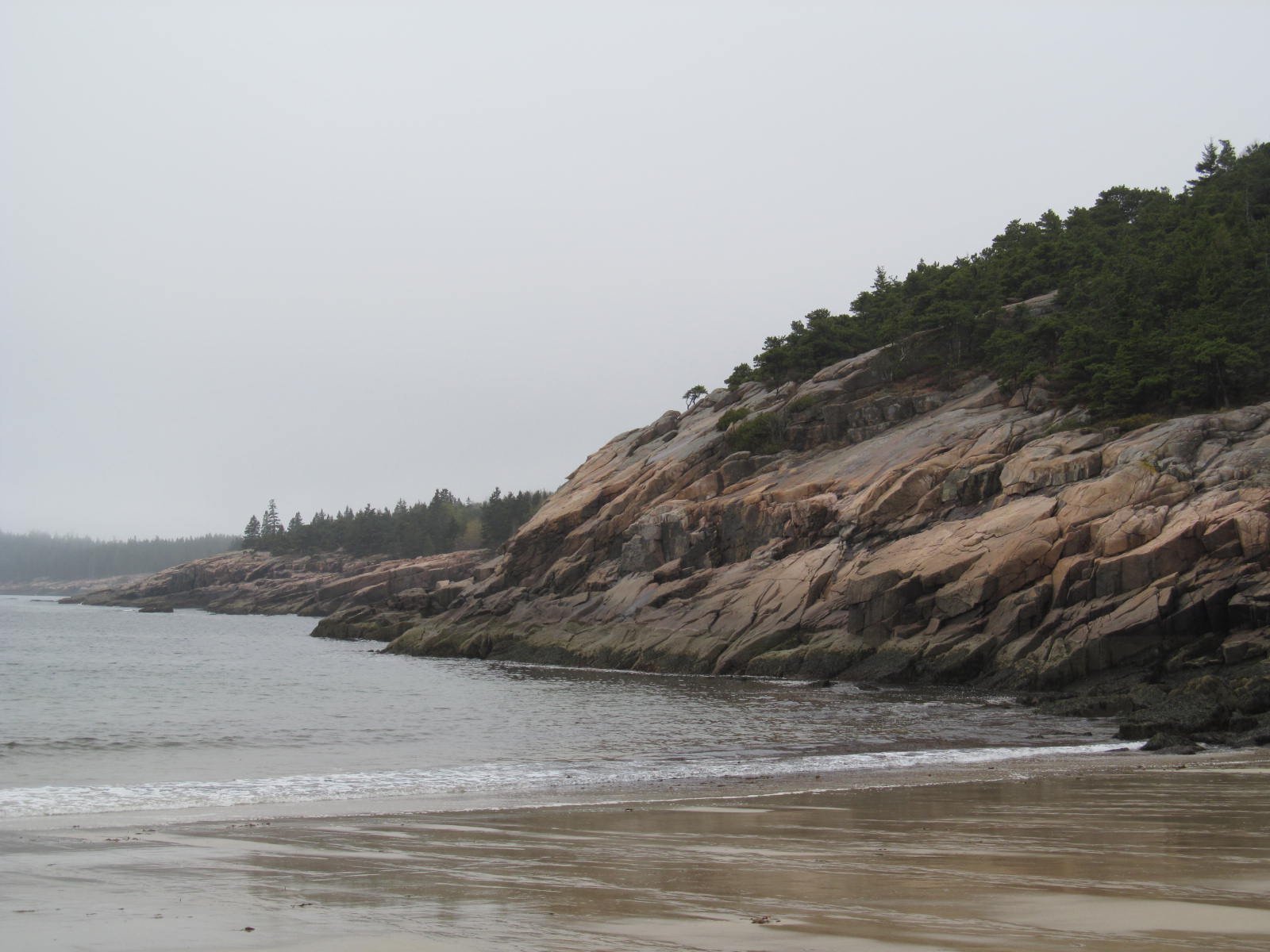Acadia National Park faces numerous environmental challenges that threaten its ecosystems and natural beauty. Climate change, invasive species, air pollution, and habitat loss are the primary factors affecting the park. These issues impact temperature, precipitation patterns, sea levels, biodiversity, and overall ecosystem health. Understanding these factors is crucial for developing effective conservation strategies and preserving Acadia’s unique landscapes for future generations.
What Are the Major Climate Change Impacts on Acadia National Park?

Climate change is a significant environmental factor affecting Acadia National Park. The park has experienced notable changes in temperature, precipitation, and sea level over the past century, with projections indicating more severe impacts in the future.
How Has Temperature Changed in Acadia?
- Between 1895 and 2010, temperatures in Acadia National Park increased by 0.8 ºC
- The rate of temperature increase is expected to be 3-6 times greater by 2100
- Inland portions of the park are particularly vulnerable to temperature increases
What Changes in Precipitation Has Acadia Experienced?
- Annual precipitation has increased by 16% between 1895 and 2010
- Over the last century, precipitation has increased by six inches
- More rain and less snow are falling, with more frequent intense storms
How Is Sea Level Rise Affecting Acadia?
- Sea level has risen by eight inches since 1950
- The ocean surrounding Acadia is becoming warmer and more acidic
- Rising sea levels threaten coastal habitats and infrastructure
What Invasive Species Threaten Acadia National Park?

Invasive species pose a significant threat to Acadia’s native ecosystems, outcompeting local species and altering ecosystem dynamics.
Which Invasive Plants Are of Concern in Acadia?
- Japanese knotweed
- Purple loosestrife
- Buckthorn
These invasive plants outcompete native species for resources and can dramatically alter ecosystem composition.
What Invasive Animals and Diseases Affect Acadia?
- Emerald ash borer: Threatens ash tree populations
- White-nose syndrome: Affects bat populations
- Other invasive pests and diseases capitalize on stressed ecosystems
How Do Invasive Species Impact Acadia’s Ecology?
- Reduce biodiversity by outcompeting native species
- Disrupt ecosystem balance and food webs
- Alter habitat structure and composition
What Air Quality Issues Does Acadia National Park Face?
Air quality is a significant environmental factor affecting Acadia National Park, impacting both ecosystem health and visitor experience.
What Are the Sources of Air Pollution in Acadia?
- Large urban and industrial areas in states to the south and west
- Periodic high concentrations of air pollutants due to prevailing winds
- Acadia is designated as a Class I area under the Clean Air Act, requiring the highest level of air quality protection
How Does Air Pollution Affect Acadia’s Ecosystems and Visitors?
- Damages vegetation
- Impairs visibility and scenic views
- Impacts overall ecosystem health
- Reduces visitor enjoyment of natural landscapes
What Habitat Loss Challenges Does Acadia National Park Face?
Habitat loss is a critical environmental factor affecting Acadia National Park, threatening biodiversity and ecosystem integrity.
Which Species Are Most Affected by Habitat Loss in Acadia?
| Species | Threat |
|---|---|
| Bats | White-nose syndrome |
| Migratory birds | Habitat destruction |
| Peregrine falcons | Climate change |
| Bald eagles | Habitat alteration |
| Harlequin ducks | Loss of coastal habitats |
What Specific Habitats Are Under Threat in Acadia?
- Great Meadow Wetland: Threatened by invasive species and climate change
- Bass Harbor Marsh: At risk from sea level rise and altered hydrology
- Mountain summits: Vulnerable to climate change and increased visitation
How Is Acadia National Park Addressing These Environmental Challenges?
Acadia National Park is implementing various strategies to address the environmental factors affecting its ecosystems and visitor experience.
What Conservation Efforts Are Underway in Acadia?
- Science-based management approaches
- Restoration of wetland ecosystems
- Invasive species management programs
- Protection of fragile mountain habitats
How Is Community Involvement Supporting Conservation in Acadia?
- Collaboration with partners like Friends of Acadia and the Schoodic Institute
- Volunteer programs for habitat restoration and invasive species management
- Citizen science initiatives to monitor environmental changes
What Visitor Management Strategies Is Acadia Implementing?
- Development of comprehensive transportation plans
- Workshops to evaluate trail and infrastructure management under climate change scenarios
- Balancing visitor access with resource protection at popular sites like Cadillac Mountain
By addressing these environmental factors through targeted conservation efforts and adaptive management strategies, Acadia National Park aims to preserve its unique ecosystems and natural beauty for future generations to enjoy.
References
- https://www.nps.gov/acad/learn/nature/environmental-threats.htm
- https://www.nps.gov/acad/learn/nature/climate-change.htm
- http://home.nps.gov/acad/learn/nature/climate-change.htm

